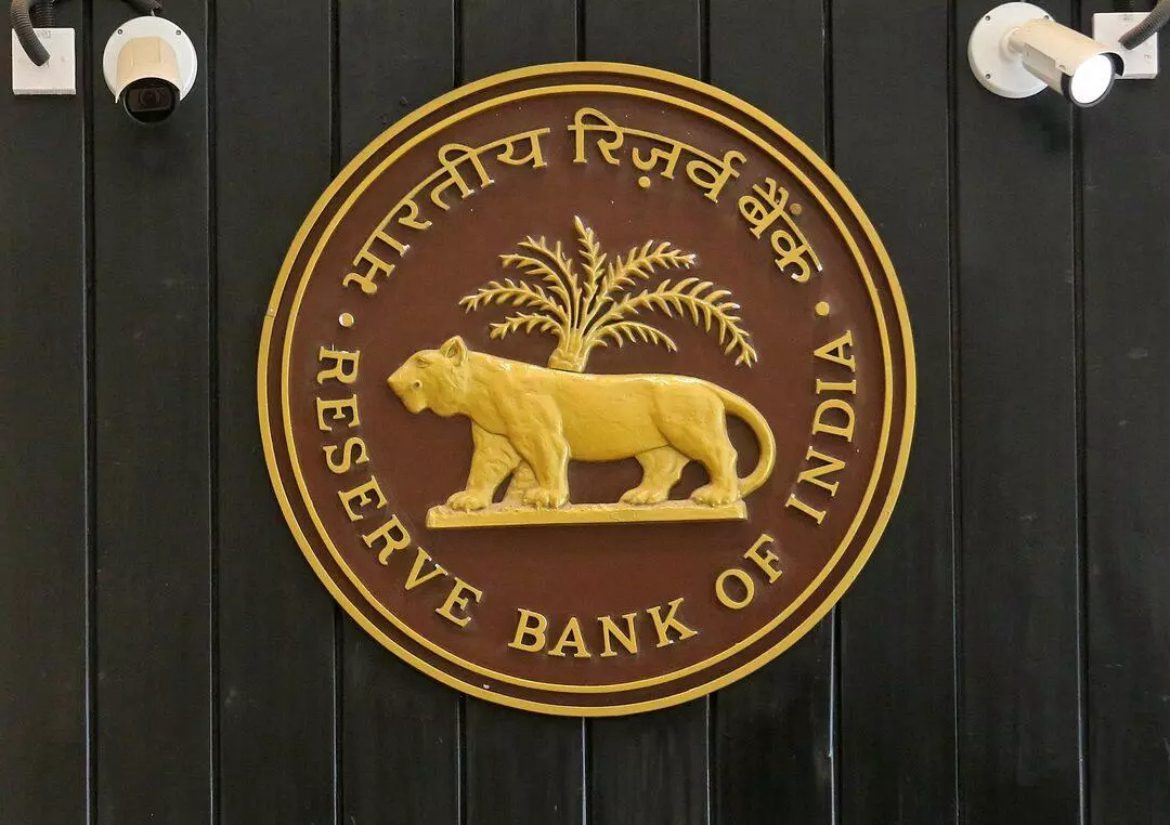The Reserve Bank of India (RBI) has revised its guidelines for custodian banks in response to the implementation of the T+1 settlement regime for stocks. These revised guidelines aim to enhance risk management practices within the custodian banking sector amidst the transition to a faster settlement cycle.
Key Highlights:
- Maximum Intraday Risk: Custodian banks issuing Irrevocable Payment Commitments (IPCs) will face a maximum intraday risk equivalent to 30% of the settlement amount, classified as capital market exposure (CME).
- Risk Mitigation Measures:
- Cash margins reduce exposure by the amount paid.
- Margins paid in permitted securities to mutual funds and foreign portfolio investors (FPIs) reduce exposure, subject to the Exchange’s prescribed haircut on accepted securities.
- Capital Requirements: If exposure remains outstanding beyond T+1 Indian Standard Time, custodian banks must maintain capital based on the outstanding capital market exposure.
- Large Exposure Framework: Underlying exposures to counterparties resulting from intraday CME will be subject to limits specified under the Large Exposure Framework.
Specific Guidelines for Custodian Banks:
- IPCs Issuance: Custodian banks can only issue IPCs if they have an agreement granting them an inalienable right over securities for payout upon settlement.
- Pre-funded Transactions: The inalienable right clause is waived for pre-funded transactions, requiring clear rupee funds in the customer’s account or credit to the bank’s nostro account in foreign exchange deals before IPC issuance.
Also Read: Decoding RBI’s Draft Guidelines on Digital Lending- 26th April 2024
Overall Impact:
These revised guidelines are expected to strengthen risk management practices within the custodian banking sector and facilitate a smooth transition to the T+1 settlement regime.
